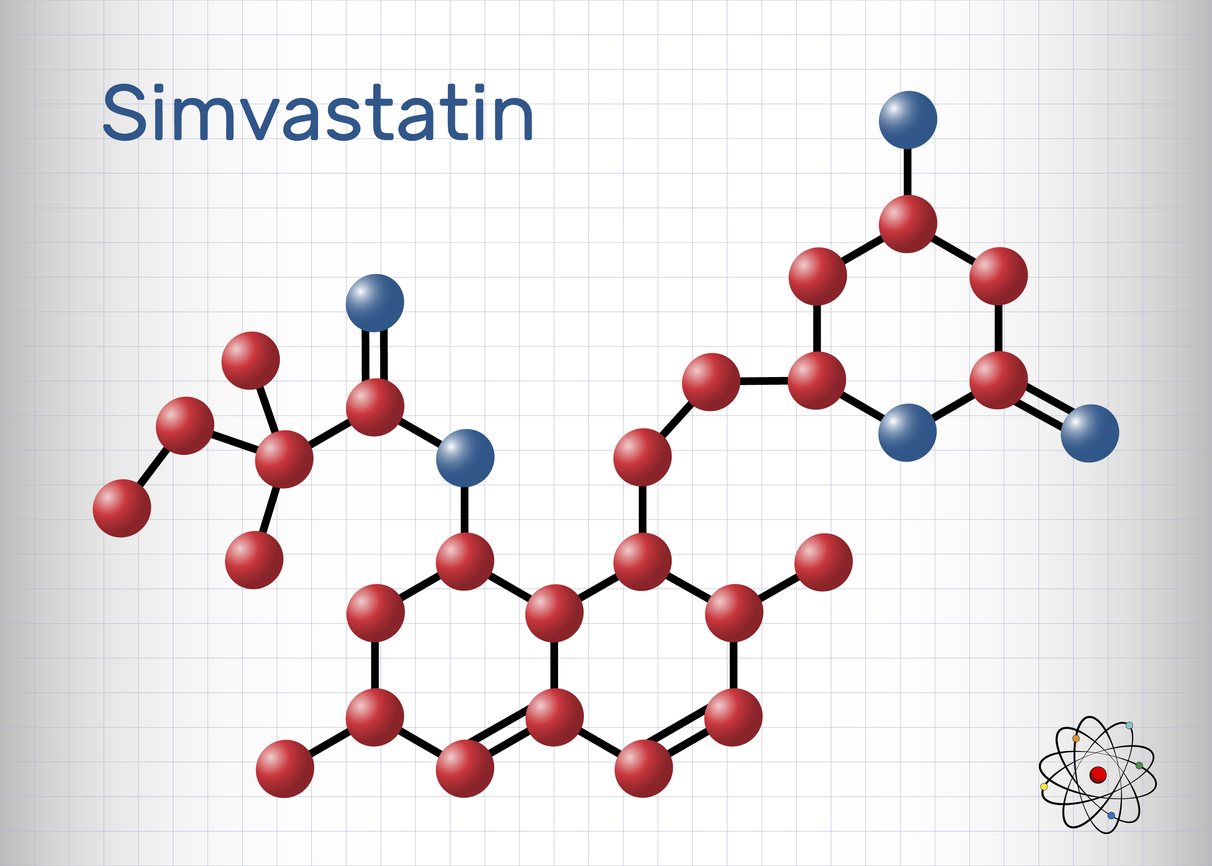Pain
NMDA Receptor Antagonist Therapy for Complex Regional Pain Syndrome (CRPS)

What are NMDA receptors?
N-methyl-D-aspartic acid (NMDA) receptors are a component of nerve cells (neurons). Activation of these receptors has been associated with nerve pain and pain related to complex regional pain syndrome (CRPS).
Activation of NMDA receptors has also been associated with reduced opioid receptor sensitivity. For individuals who are prescribed opioids to ease pain, this reduced sensitivity could lead to the need for higher doses of opioids to achieve pain relief.
What are NMDA receptor antagonists?
NMDA receptor antagonists are drugs that prevent the activation of NMDA receptors, which can reduce or eliminate CRPS pain. Examples of NMDA receptor antagonists include ketamine, methadone, memantine and amantadine. Although ketamine is the strongest NMDA receptor antagonist of these examples, it has potential unpleasant side effects, such as anxiety, hallucinations, nightmares, headache, and nausea or vomiting.
NMDA receptor antagonist therapy may be most beneficial for severe, long-standing CRPS, but it can be used in any stage of the condition. The medications are typically administered intravenously, but some can be taken orally or sublingually (under the tongue or inside the cheek).
Additional sources used to create this article include U.S. Pharmacist, Reflex Sympathetic Dystrophy Syndrome Association (RSDSA), and U.S. Pharmacist.


















